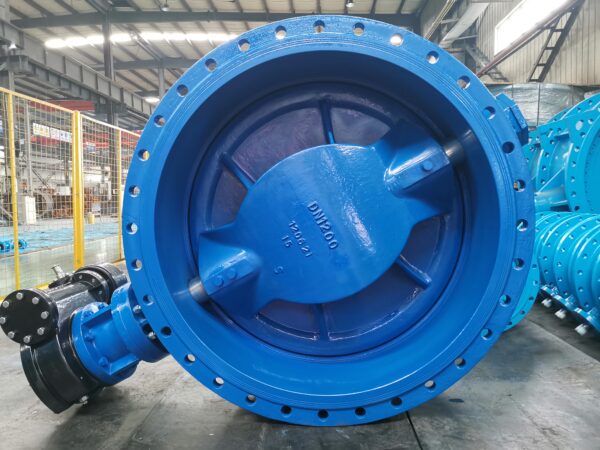There are several advantages of using a Center Line butterfly valve over other types of valves, including:
Low cost: Center Line butterfly valves are generally less expensive than other types of valves such as gate valves and globe valves. This makes them a popular choice for applications where cost is a primary consideration.
Easy to operate: Butterfly valves are designed for quarter-turn operation, making them easy to operate compared to other types of valves that require multiple turns or complicated mechanisms.
Fast operation: Butterfly valves can be opened or closed quickly, which is especially useful in applications where rapid flow control is required.
Low pressure drop: Center Line butterfly valves have a low pressure drop, which means that they do not significantly reduce the pressure of the fluid passing through the valve. This is important in applications where maintaining the pressure of the fluid is critical.
Bubble-tight sealing: Butterfly valves are designed to provide bubble-tight sealing, which means that they prevent leakage and ensure reliable performance.
Low maintenance: Center Line butterfly valves are relatively easy to maintain and require minimal maintenance compared to other types of valves.
Lightweight: Butterfly valves are typically lightweight and compact, making them easy to install and suitable for applications where space is limited.
Wide temperature range: Butterfly valves are designed to operate over a wide temperature range, making them suitable for a variety of applications.
Corrosion resistance: Center Line butterfly valves are typically made of materials such as stainless steel or ductileiron, center line butterfly valve which provide excellent corrosion resistance and durability, ensuring long service life.
In summary, Center Line butterfly valves provide several advantages over other types of valves, including low cost, easy operation, fast operation, low pressure drop, bubble-tight sealing, low maintenance, lightweight, wide temperature range, and corrosion resistance. These advantages make Center Line butterfly valves a popular choice for many industries, including water treatment, HVAC systems, chemical processing, and food and beverage processing.
How do Center Line butterfly valves compare to gate valves in terms of maintenance?
Center Line butterfly valves and gate valves differ in their design and operation, which can affect their maintenance requirements. In general, Center Line butterfly valves are known for their low maintenance requirements compared to gate valves.
Here are some reasons why:
Fewer parts: Center Line butterfly valves have fewer parts than gate valves, which means that there are fewer components that can wear out or fail. This can reduce the need for maintenance and repair over the lifespan of the valve.
Simple design: The design of a Center Line butterfly valve is simple and straightforward, with a single disc that rotates around a central axis to control the flow of fluid. This simplicity can make the valve easier to maintain and repair, as there are fewer components to troubleshoot.
Lower torque: Center Line butterfly valves require lower torque to operate than gate valves, which means that they are less likely to experience wear and tear on the valve components. This can reduce the need for maintenance and repair over time.
Lower maintenance costs: Due to their simpler design and lower maintenance requirements, Center Line butterfly valves can be less expensive to maintain over their lifespan than gate valves.
In contrast, gate valves have a more complex design with multiple components, including a gate that moves up and down to control the flow of fluid. This complexity can make them more difficult to maintain and repair, and can result in higher maintenance costs over time.
That being said, the maintenance requirements of a Center Line butterfly valve and a gate valve can vary dependingon the specific application and operating conditions. It’s important to consider factors such as the type of fluid being transported, the temperature and pressure of the system, and the frequency of valve operation when determining the maintenance requirements of a valve. Additionally, regular inspection and maintenance of both types of valves is important for ensuring optimal performance and longevity.
